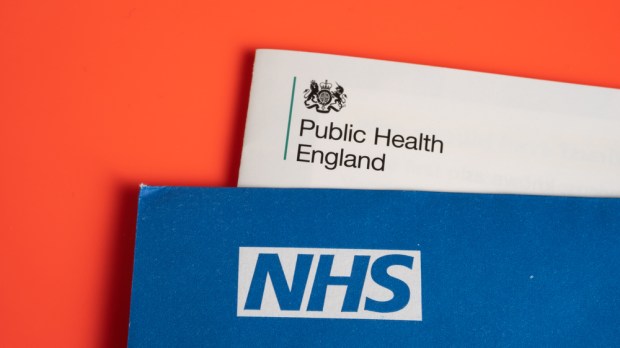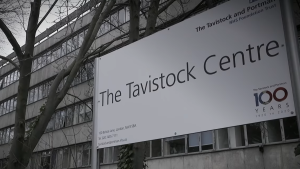An intensive review of evidence and treatment methods for young people who identify as transgender has led England’s National Health Service to scrap the previous model and issue new guidelines. The change stands as a repudiation of the previous “gender-affirming care model,” which would see psychotherapy and psychoeducation become the first line of treatment for gender dysphoric patients under the age of 18.
The Society for Evidence Based Gender Medicine (SEGM), which provided an analysis of the NHS guidance, noted a variety of reasons for the reconstruction of gender services for English minors. These included a sharp rise in referrals, poorly understood marked changes to the types of patients referred, inconclusive evidence to support clinical decision making, and operational failures of the single gender clinic model.
Intervention
The new guidance from the NHS considers social transitioning to be a form of intervention and therefore cannot be considered a neutral act. Now, social transitioning in children is strongly discouraged and should only be pursued to prevent “clinically-significant distress or significant impairment in social functioning.” Furthermore the guidance places more emphasis on the process of explicit informed consent.
As far as the prescription of puberty blockers, the NHS guidelines now strongly discourages the practice. Due to the “unknown effects” and “potential for harm” puberty blockers will now only be permissible in formal research settings. While the NHS did not explicitly state its stance on cross-sex hormones, it is assumed that they too will be reserved for research. The guidance also neglected to deliberate on surgical procedures, but these were never covered under NHS’ benefits.
“Biological sex”
The NHS now recognizes that children and adolescents who identify as transgender may be experiencing a “transient phase.”
The guidance now defines “gender incongruence” as a misalignment between the individual’s experience of their gender identity and their biological sex. This too has led to a reinstatement of the importance of one’s “biological sex,” which will be tracked more attentively for research purposes.
The guidance also attempts to prevent the misdiagnosis of mental illness or distress by reaffirming the preeminence of the DSM-5 diagnosis of “gender dysphoria,” to guide treatment decisions. This will do away with the diagnosis of “gender incongruence,” which “lacks clinical targets for treatment,” beyond the patient’s goal of physical change. A “gender dysphoria” diagnosis approaches the condition as an illness of “significant distress.”
SEGM wrote in its conclusion:
“The ‘gender-affirming’ approach, endorsed by WPATH and characterized by the conceptualization of gender-dysphoric minors as ‘transgender children,’ has been replaced with a holistic view of identity development in children and adolescents. In addition, there is a new recognition that many gender-dysphoric adolescents suffer from mental illness and neurocognitive difficulties, which make it hard to predict the course of their gender identity development.”



